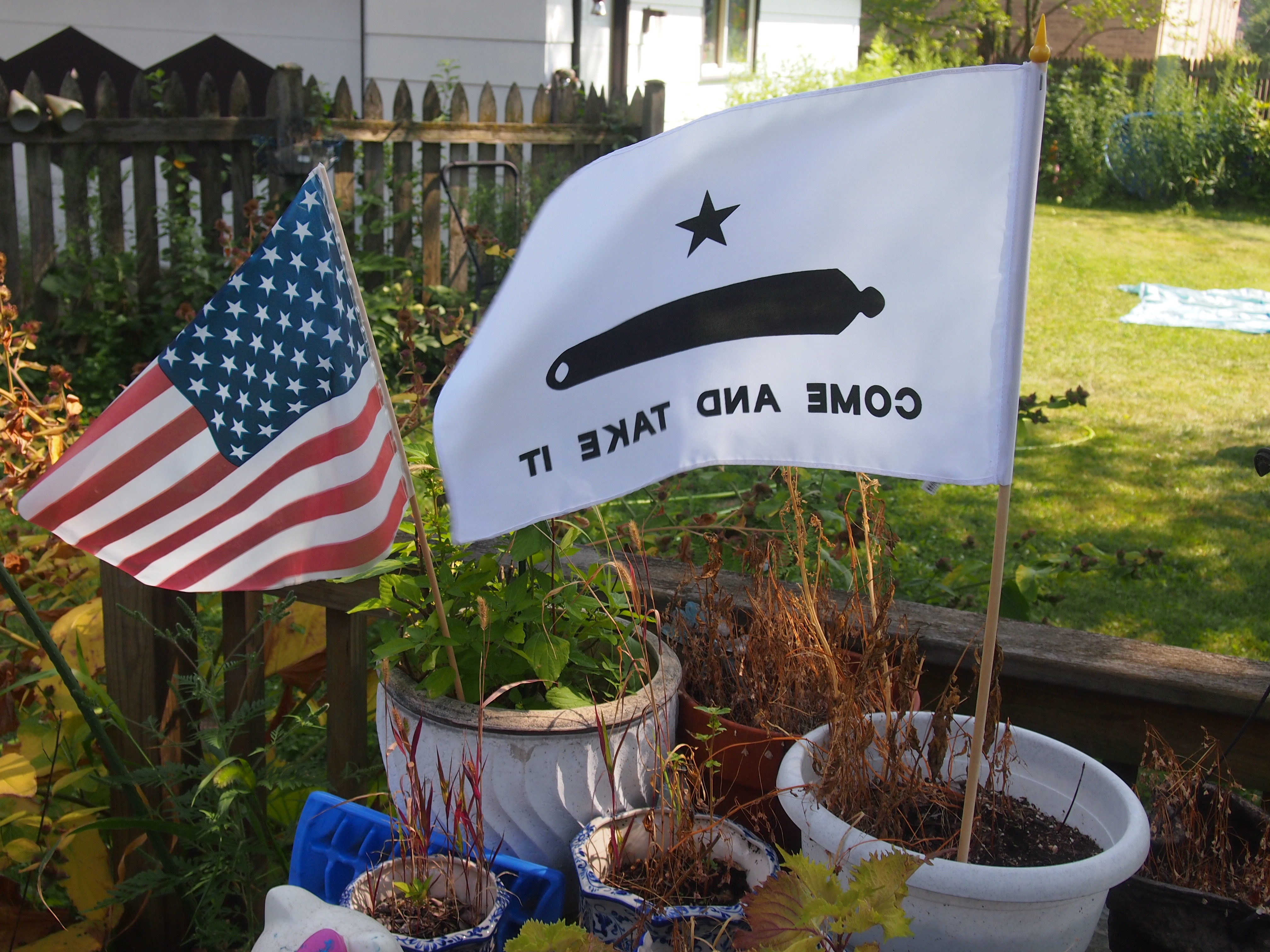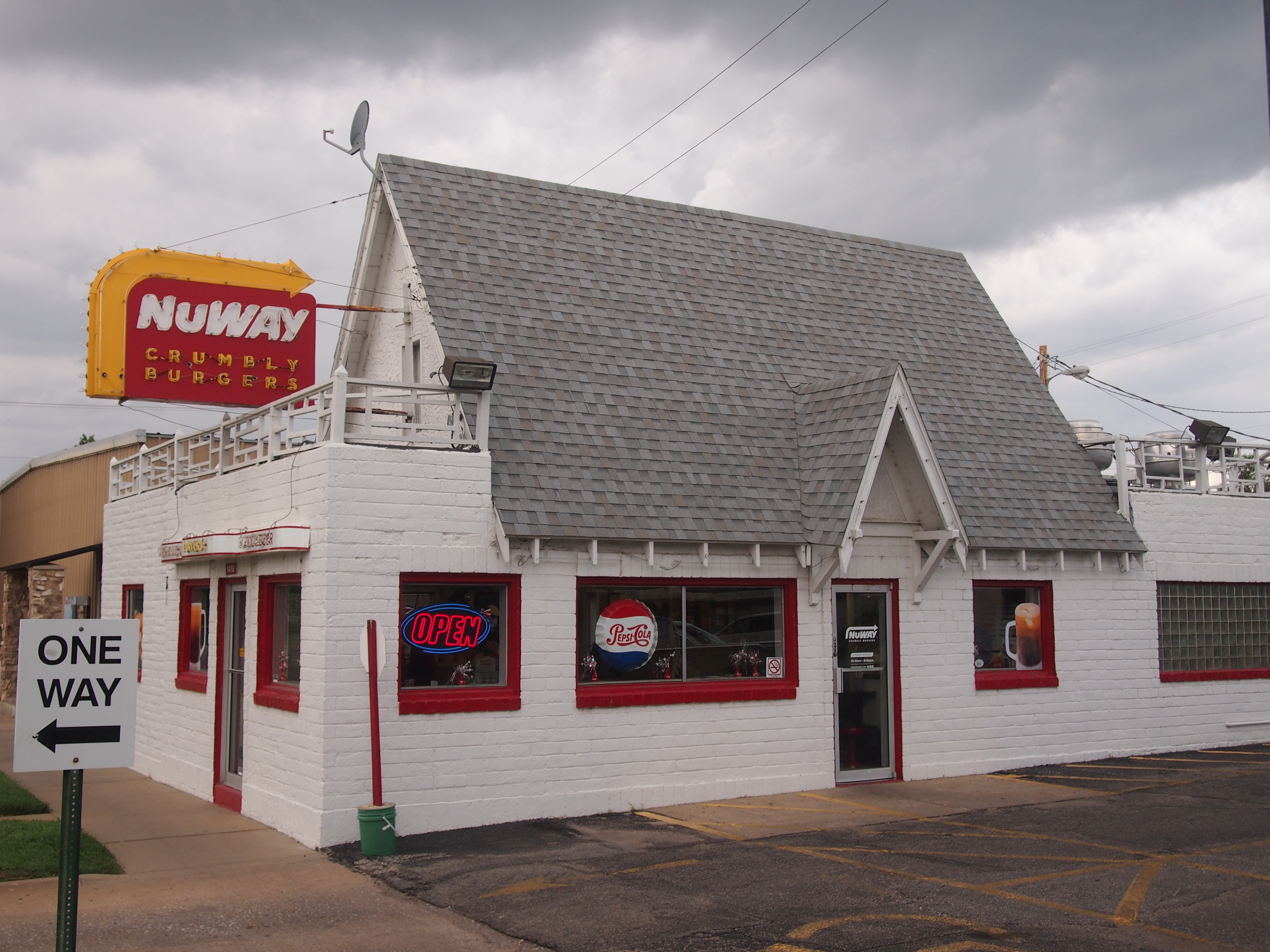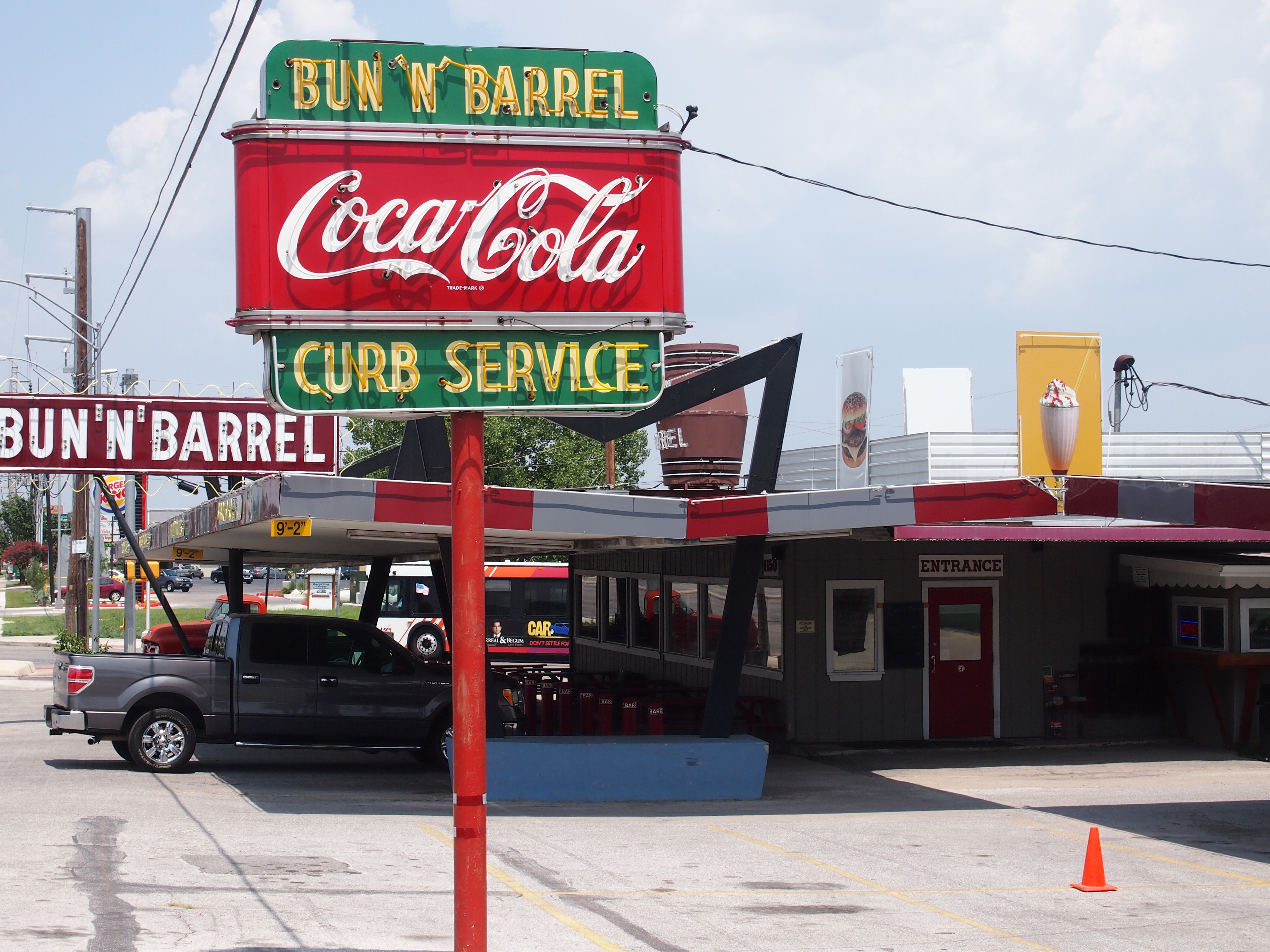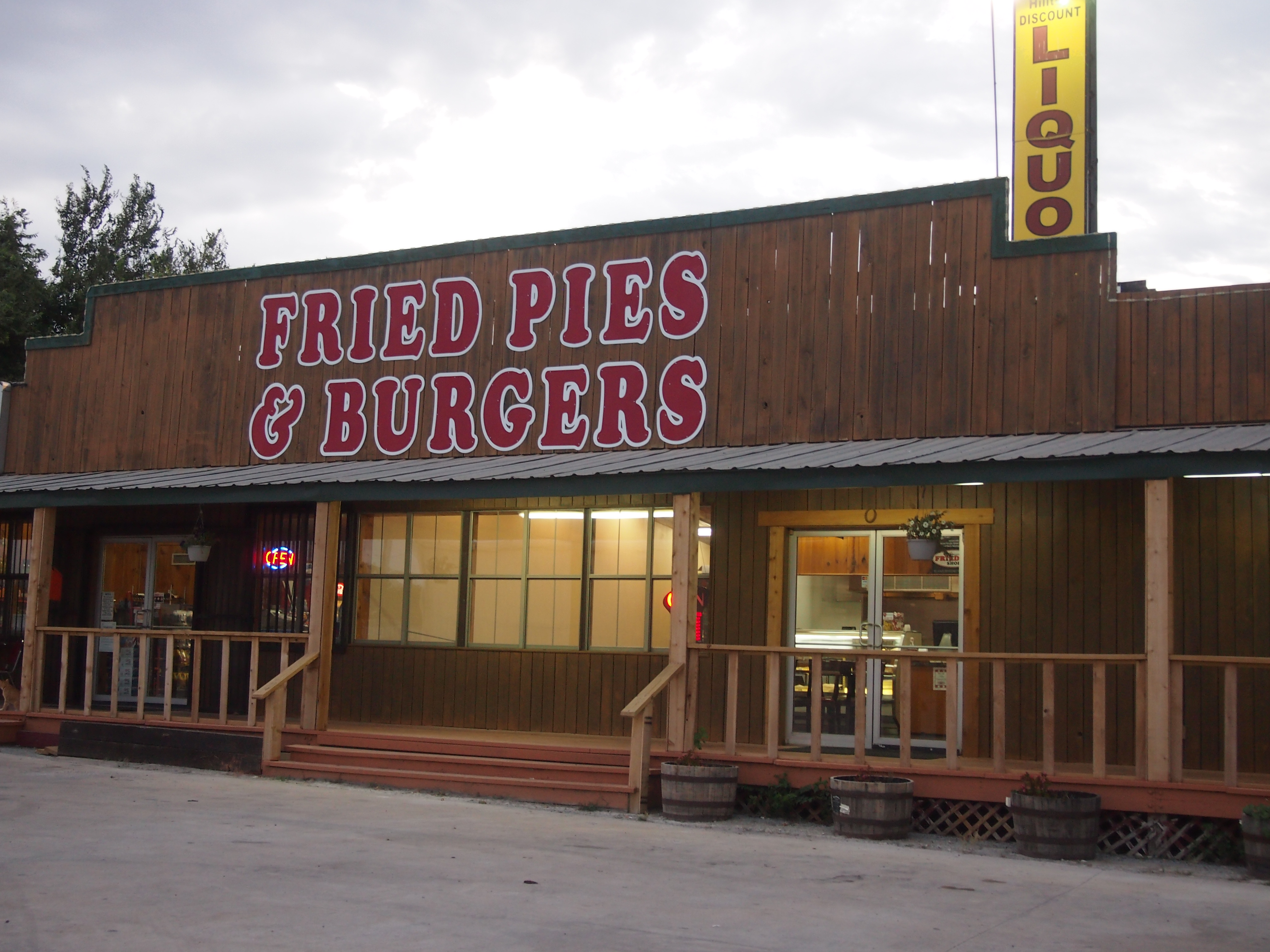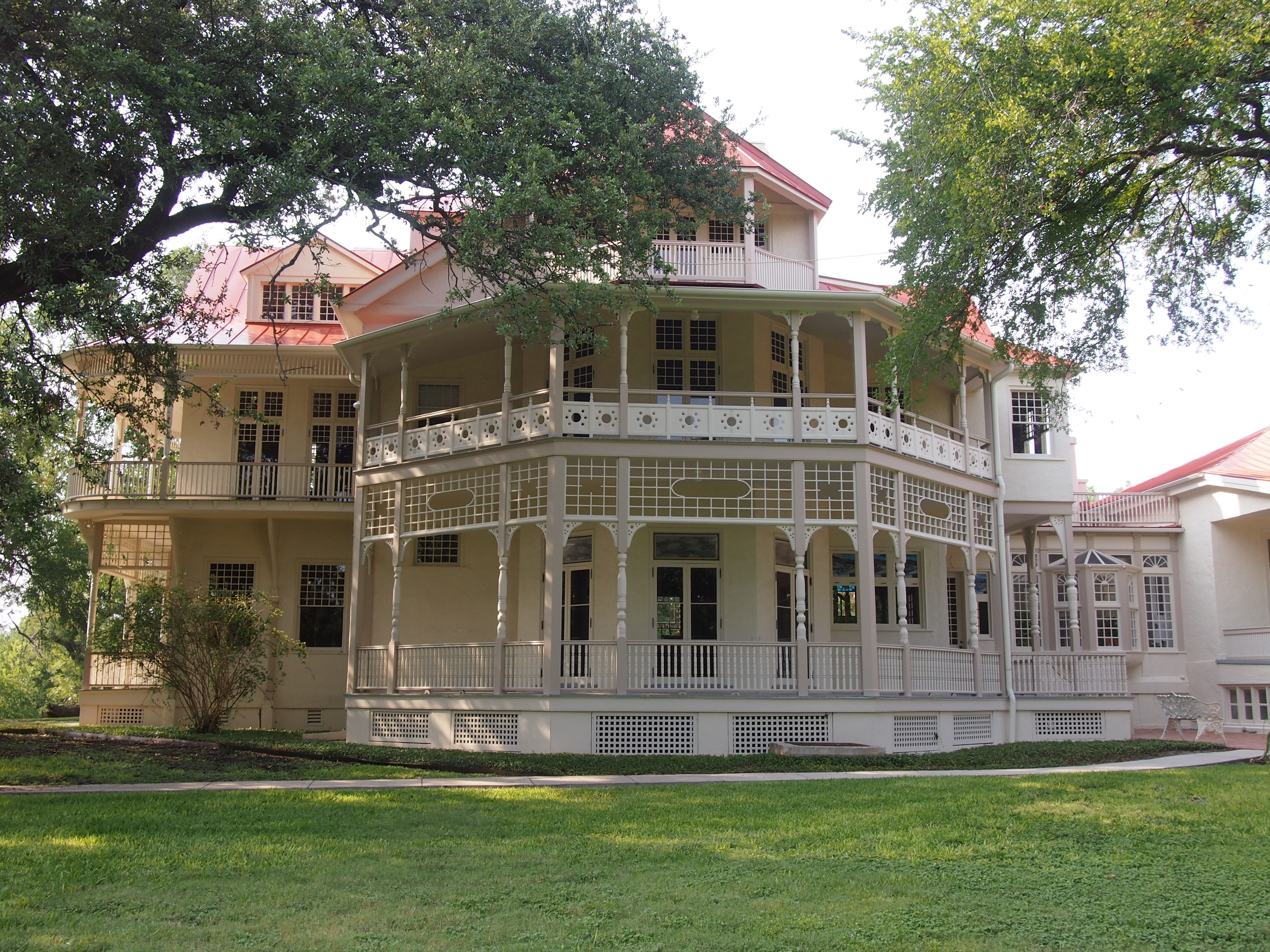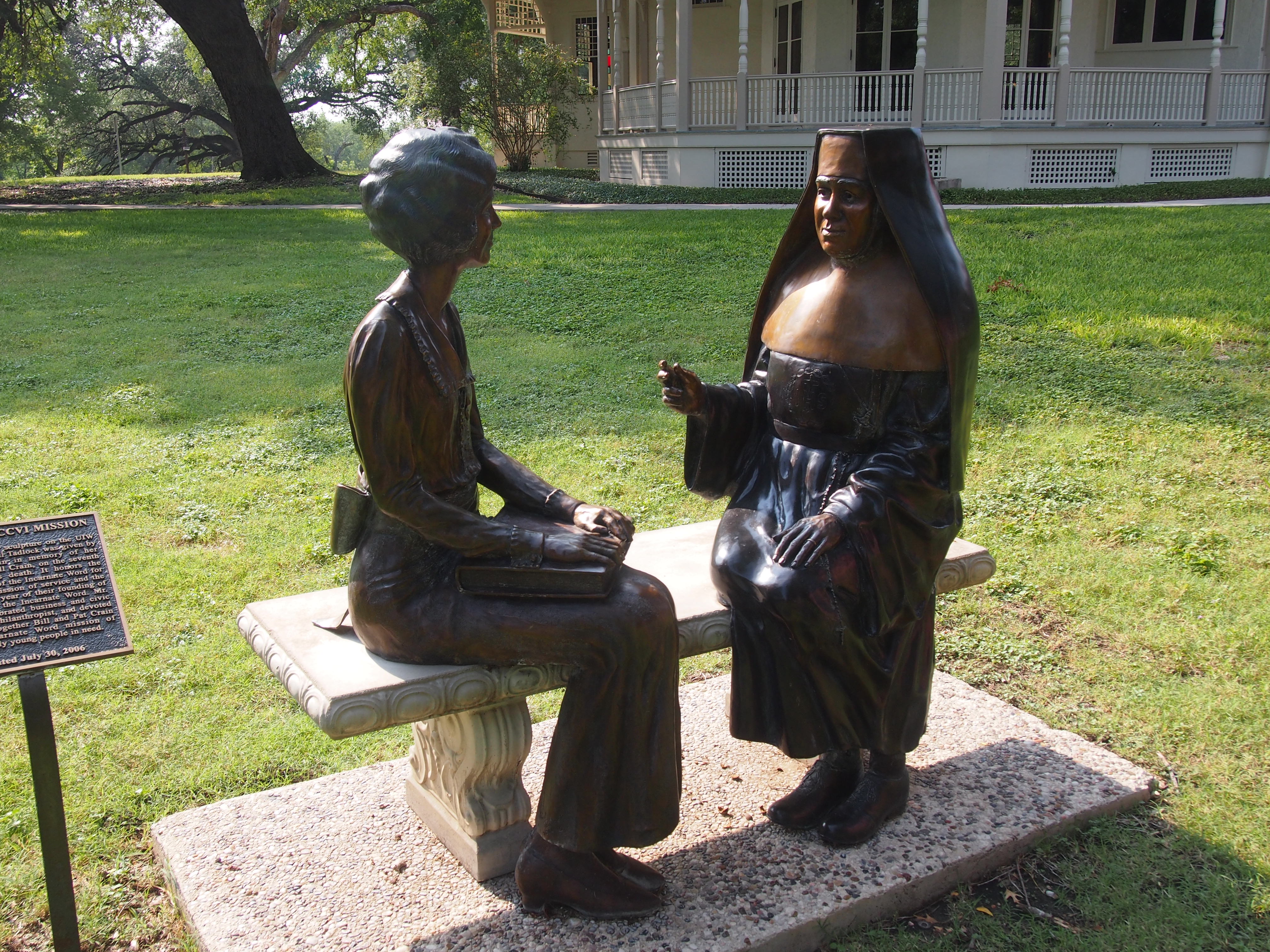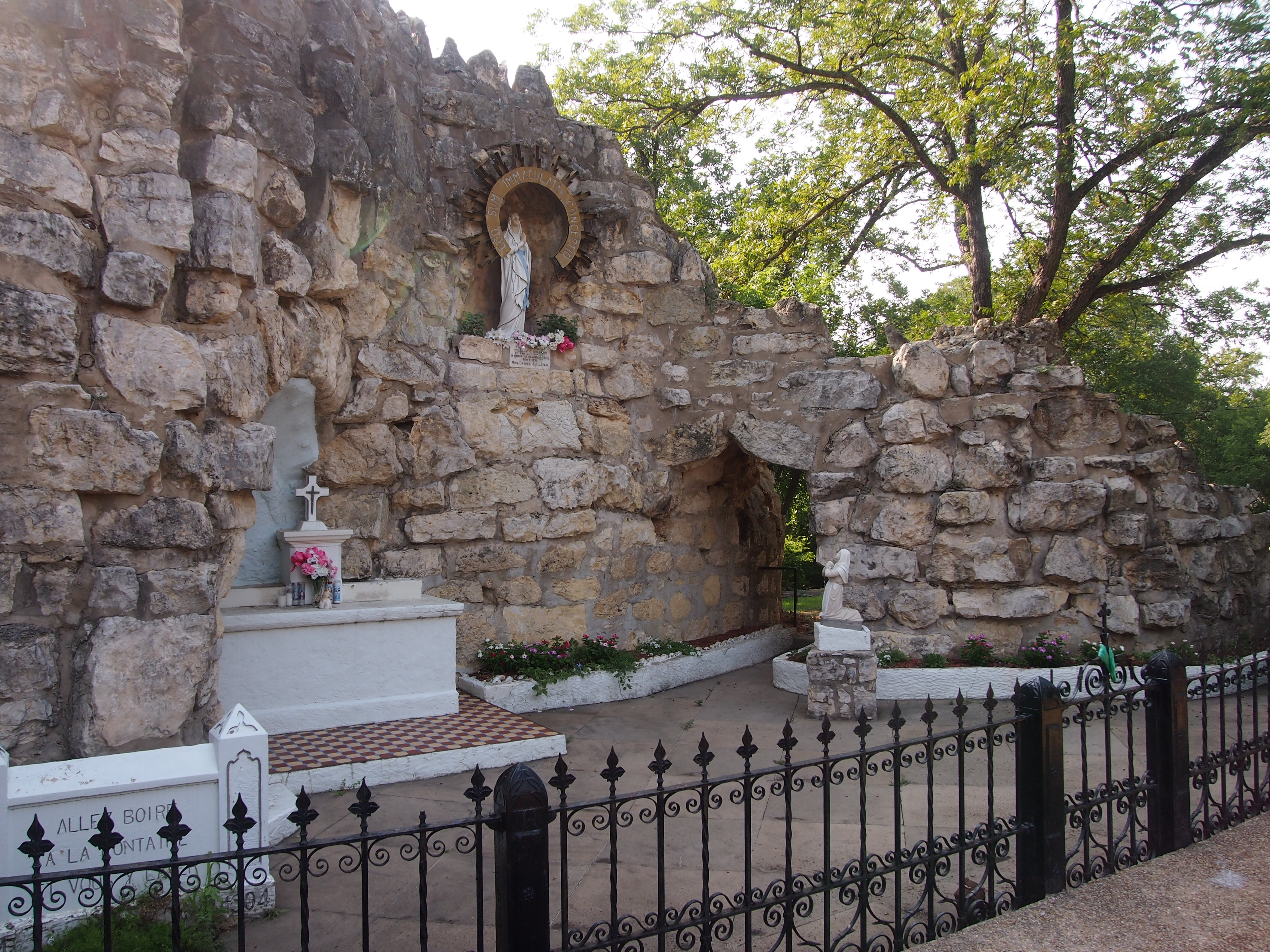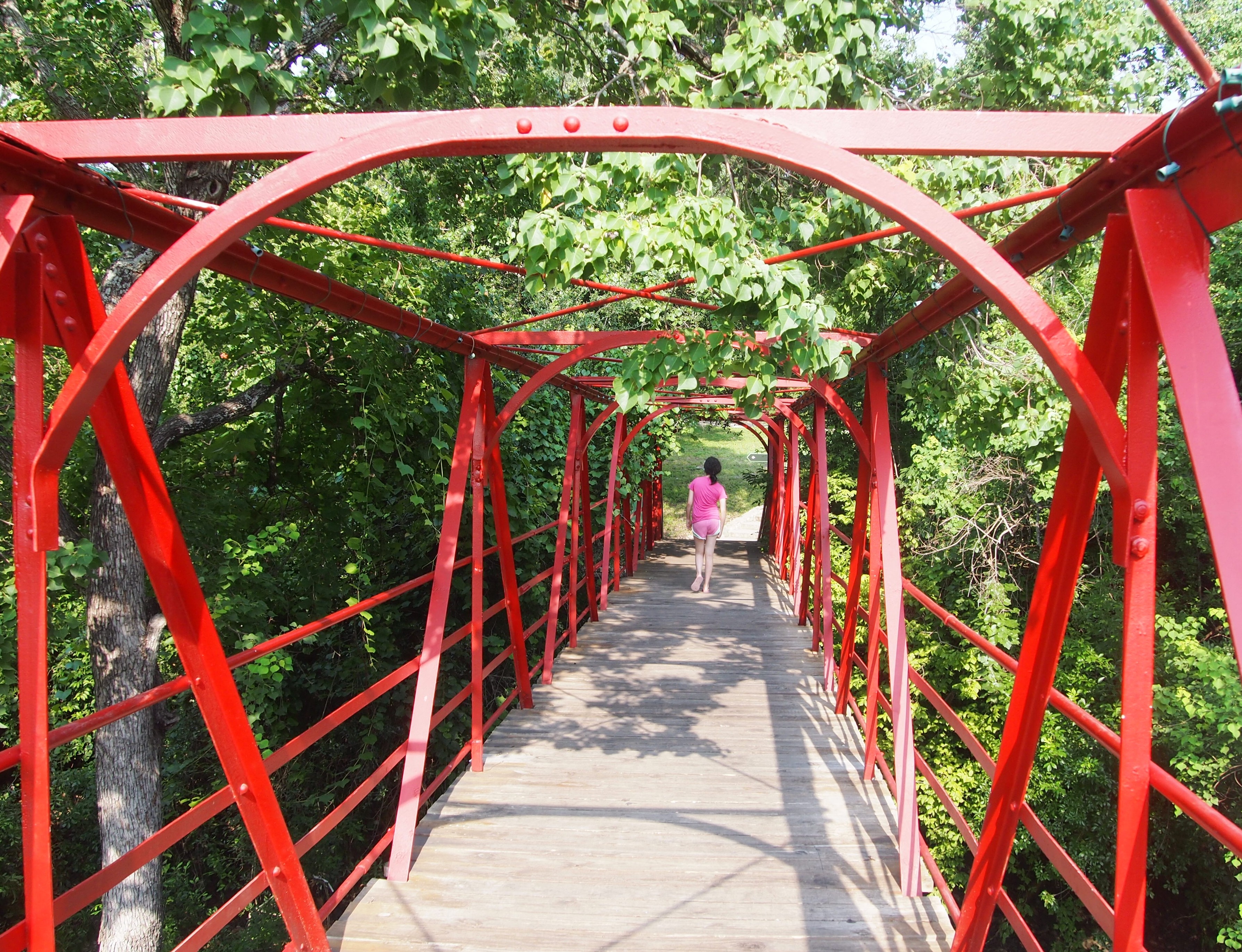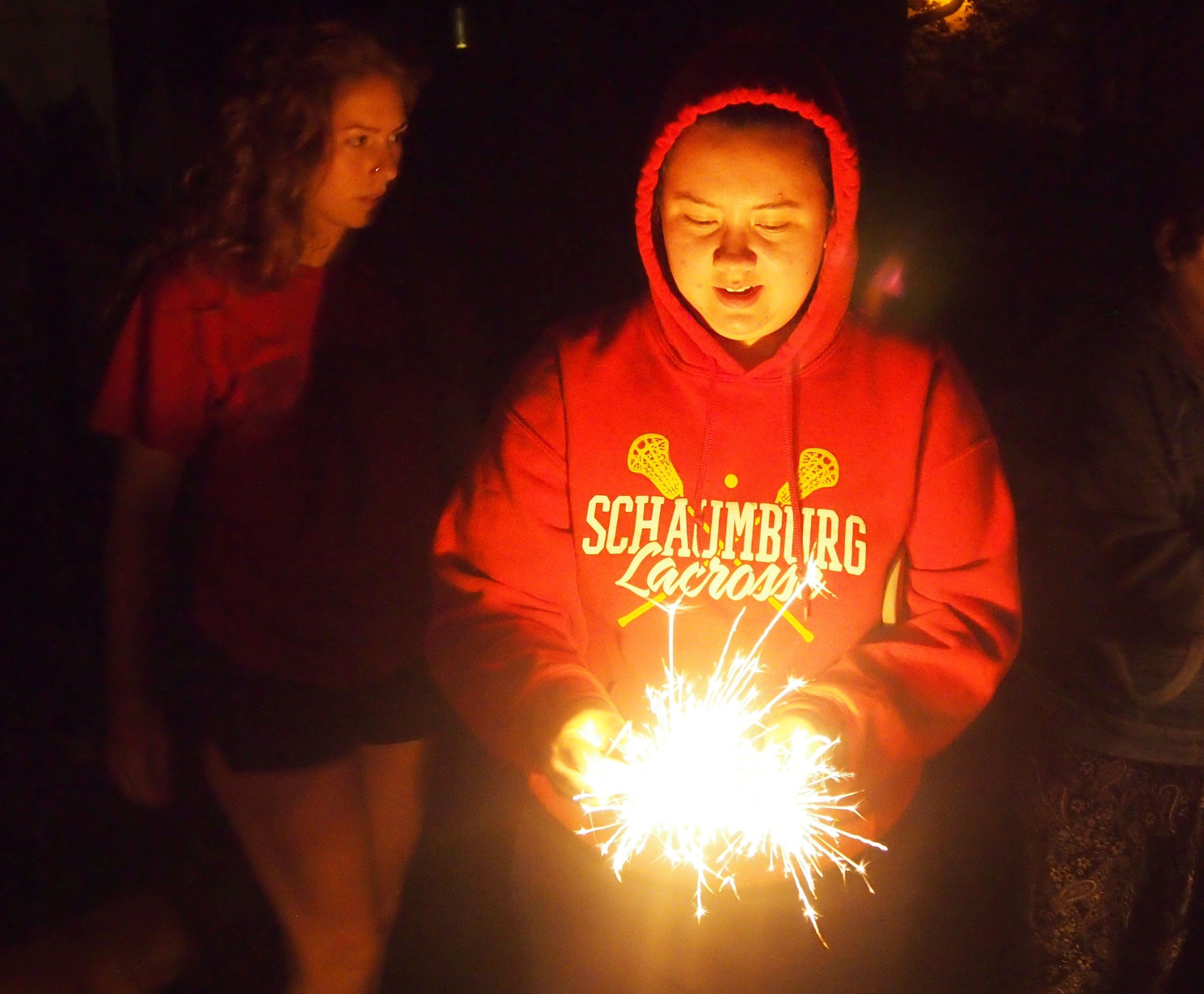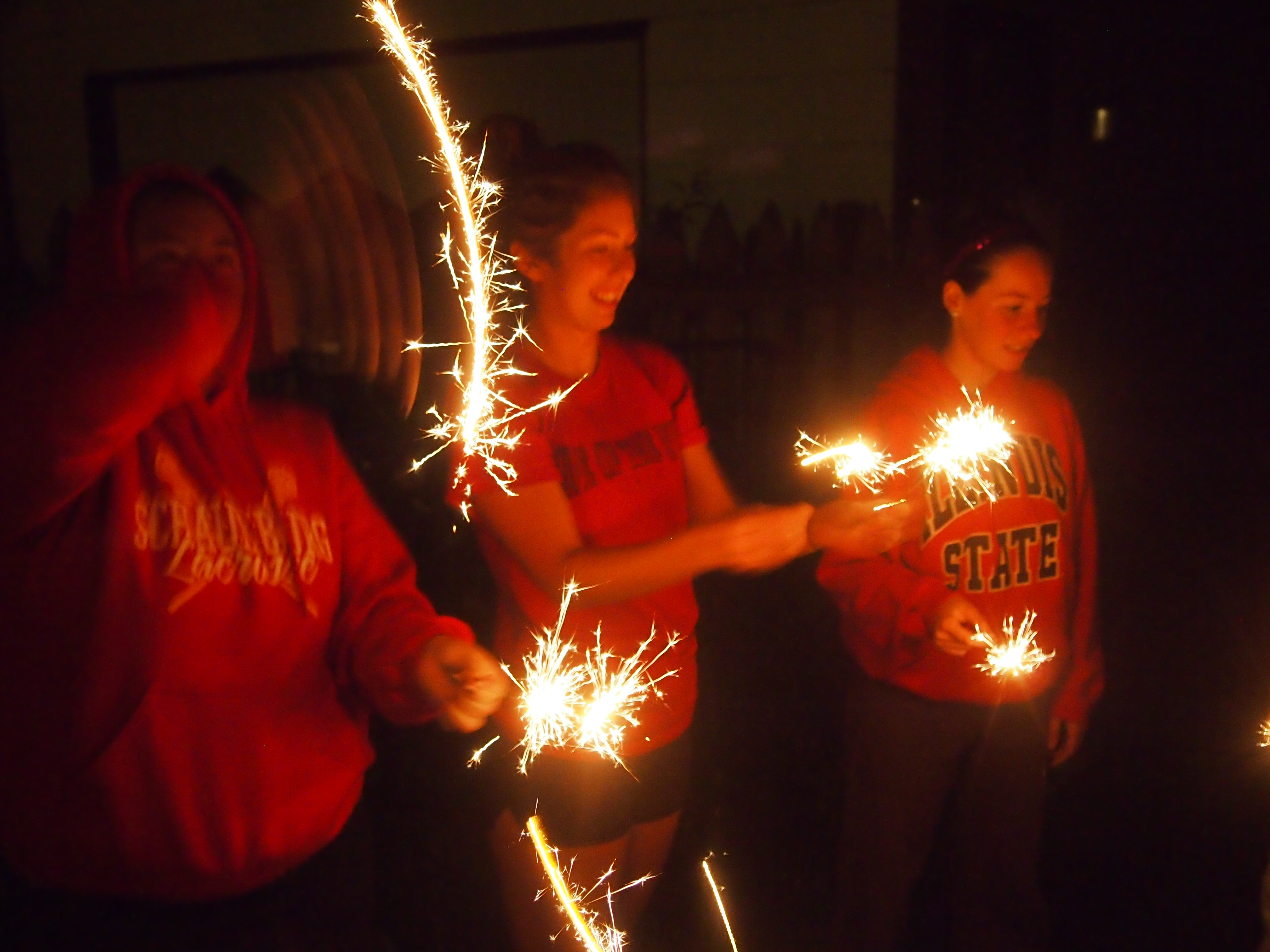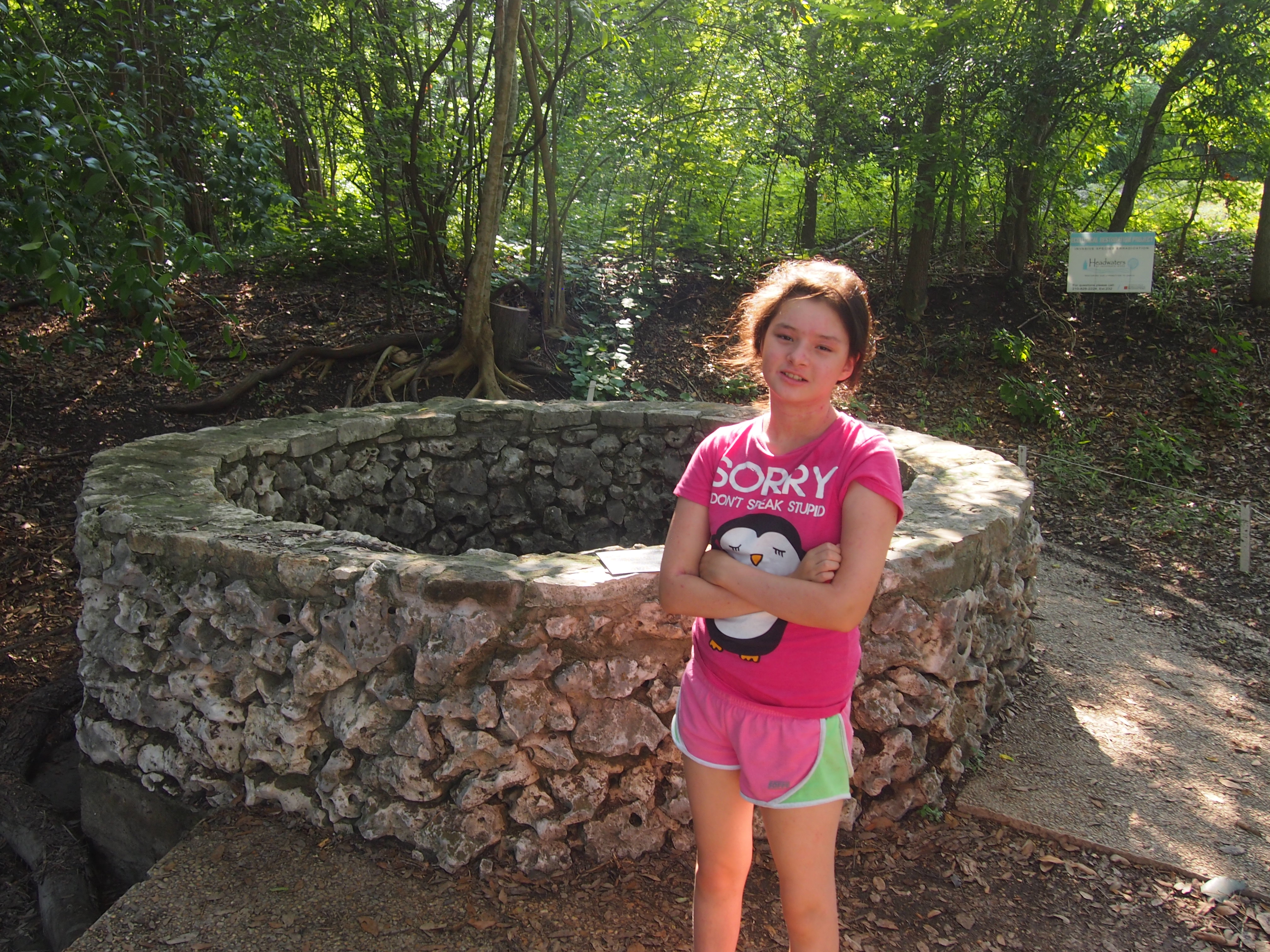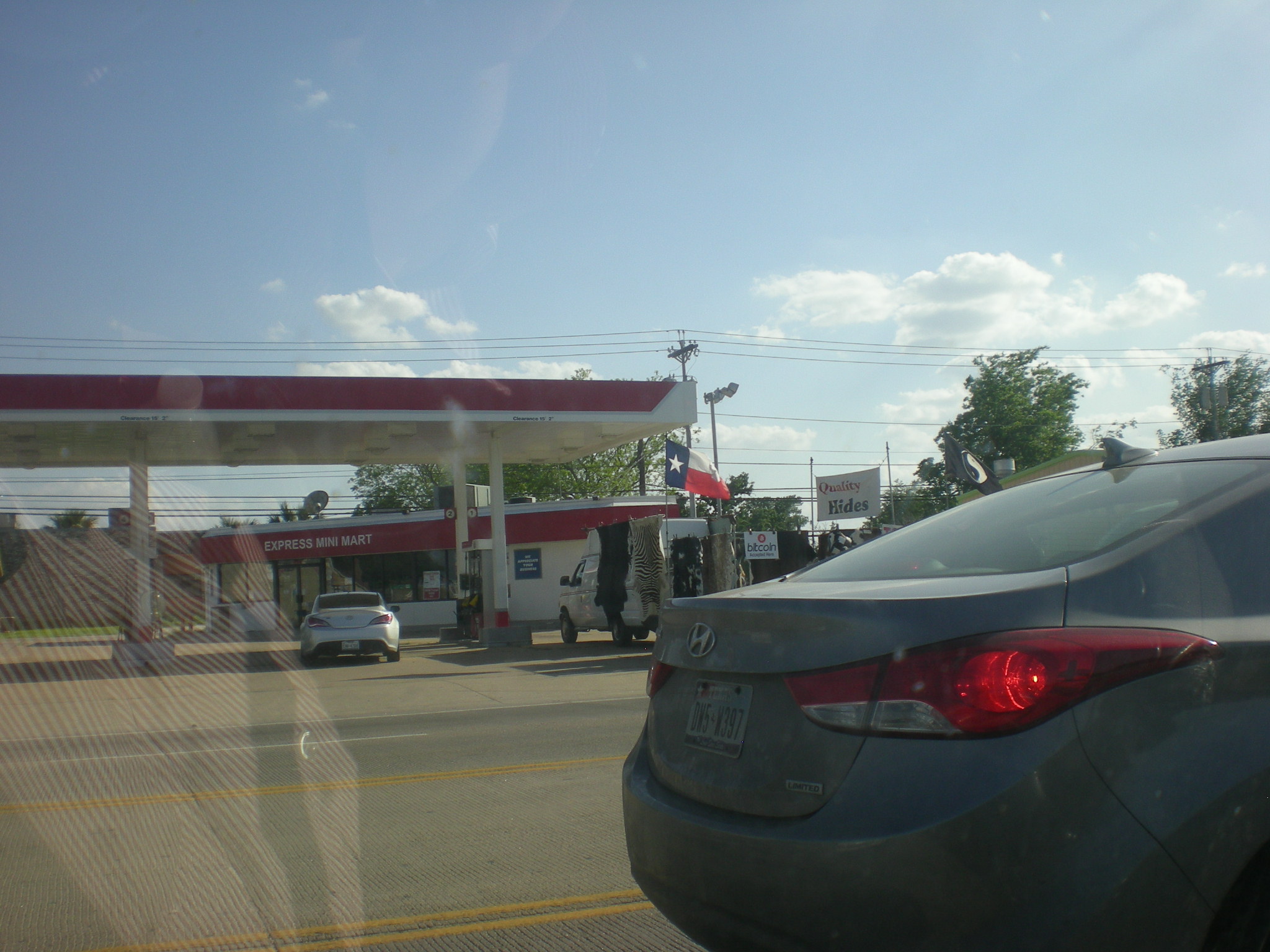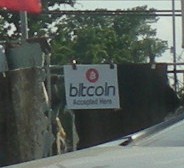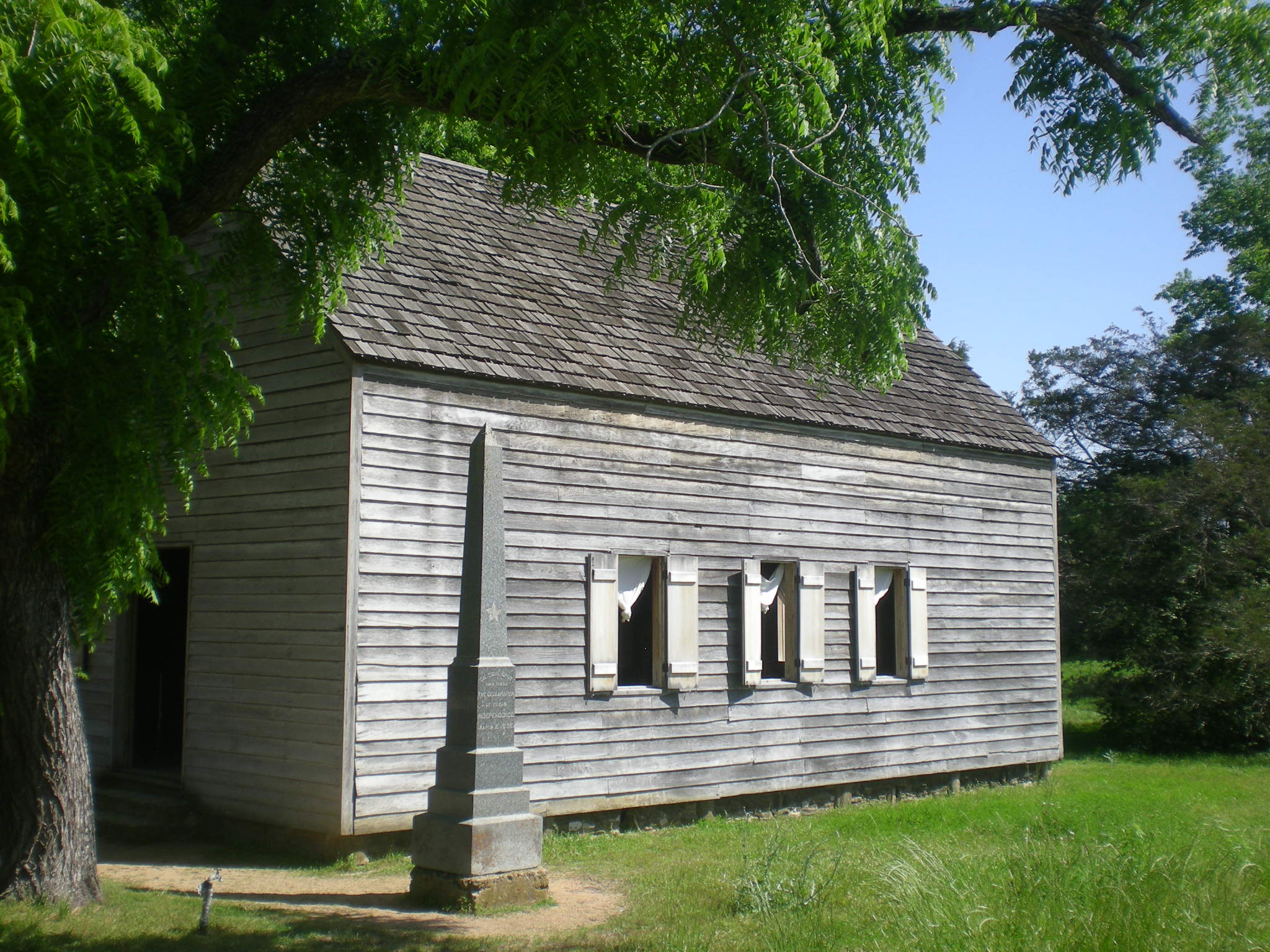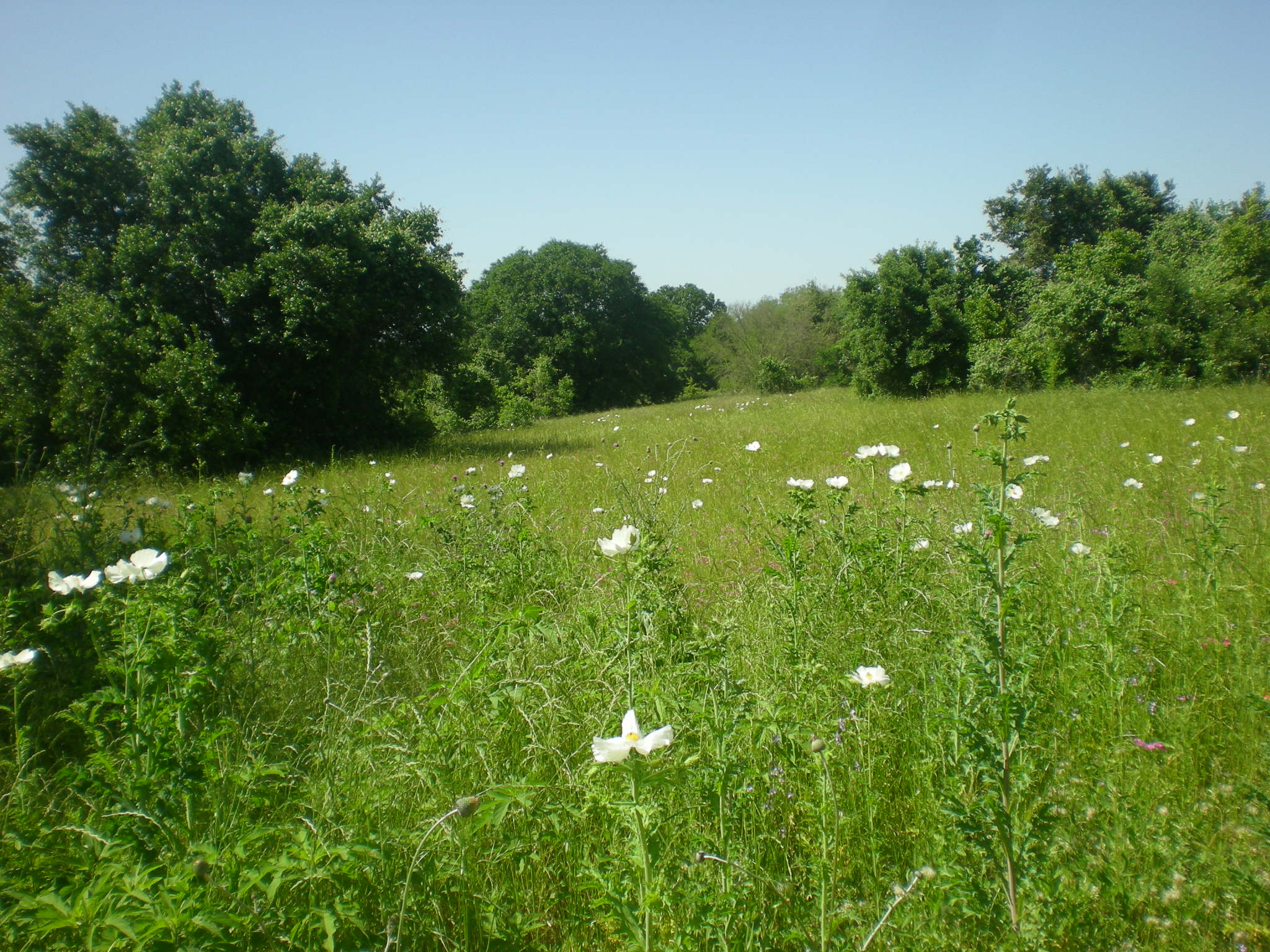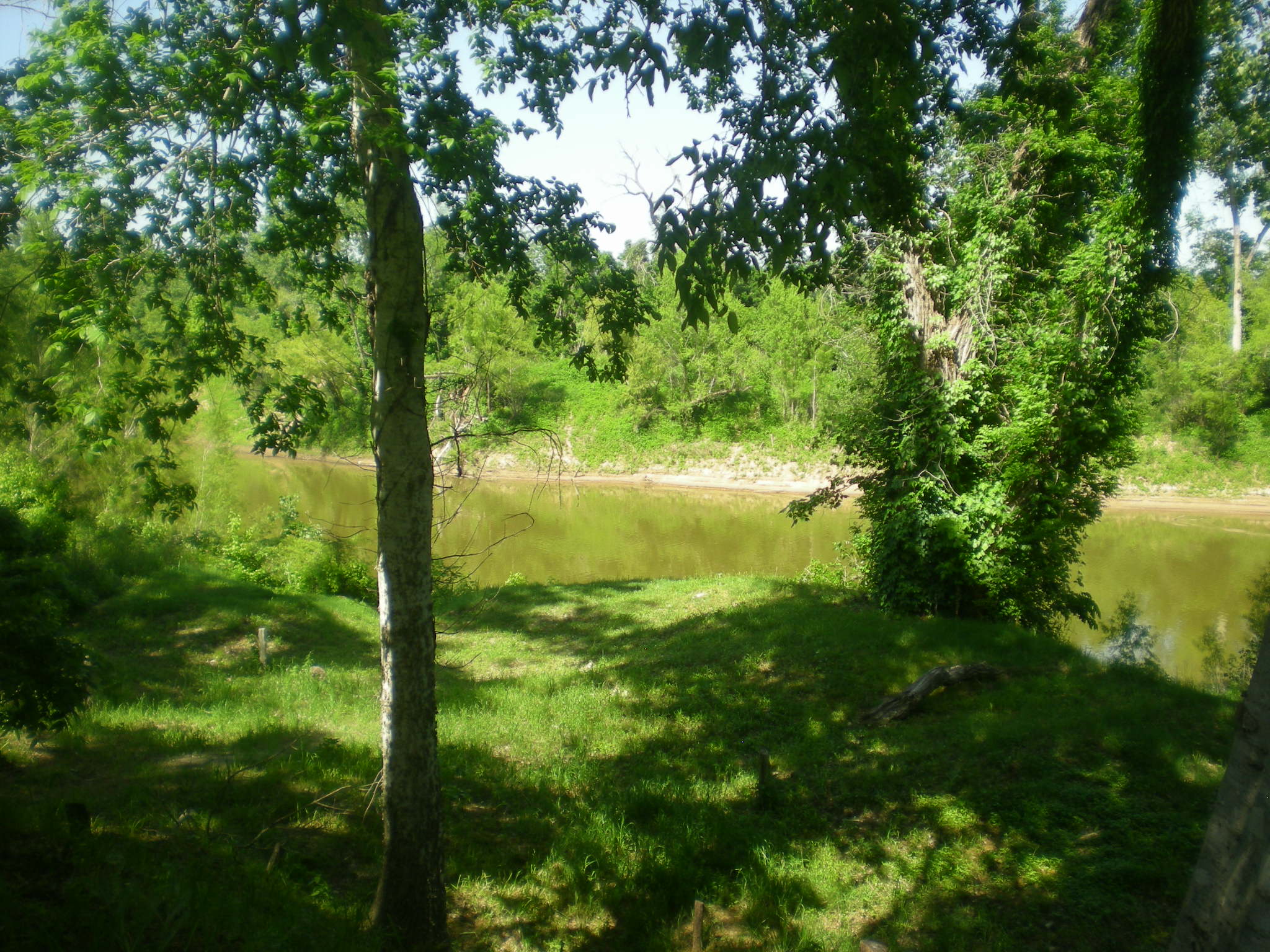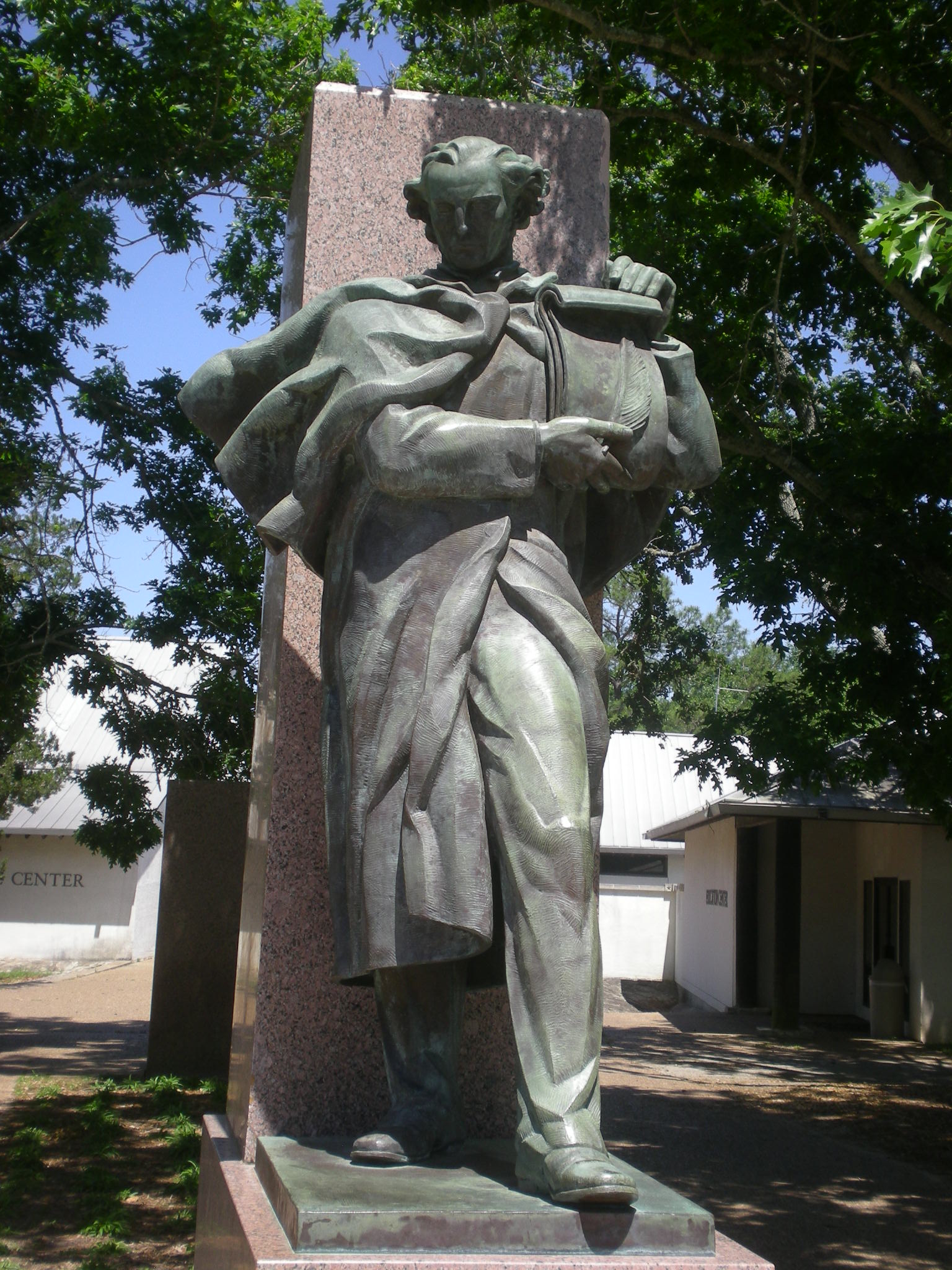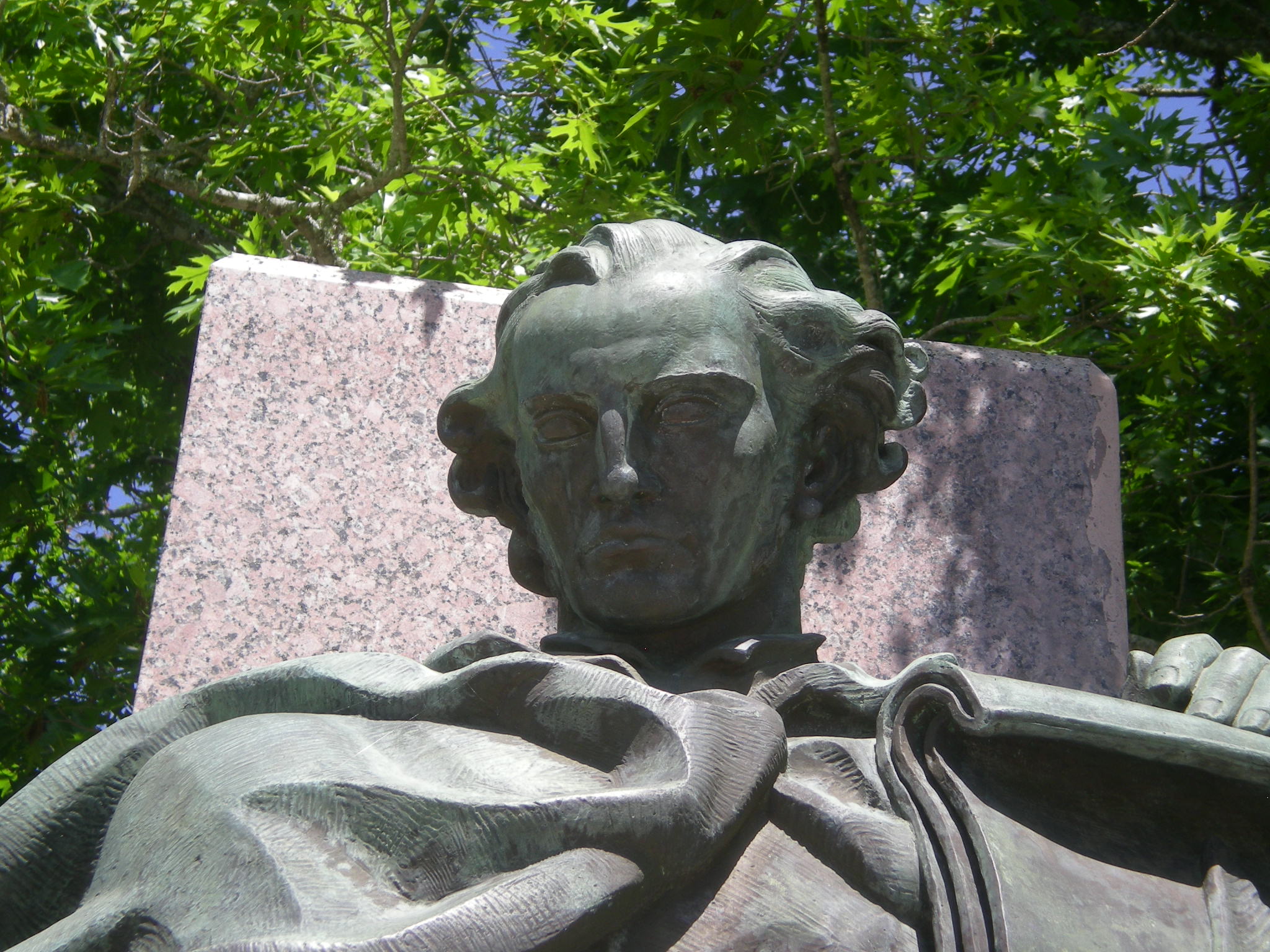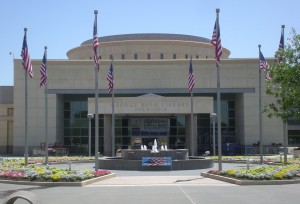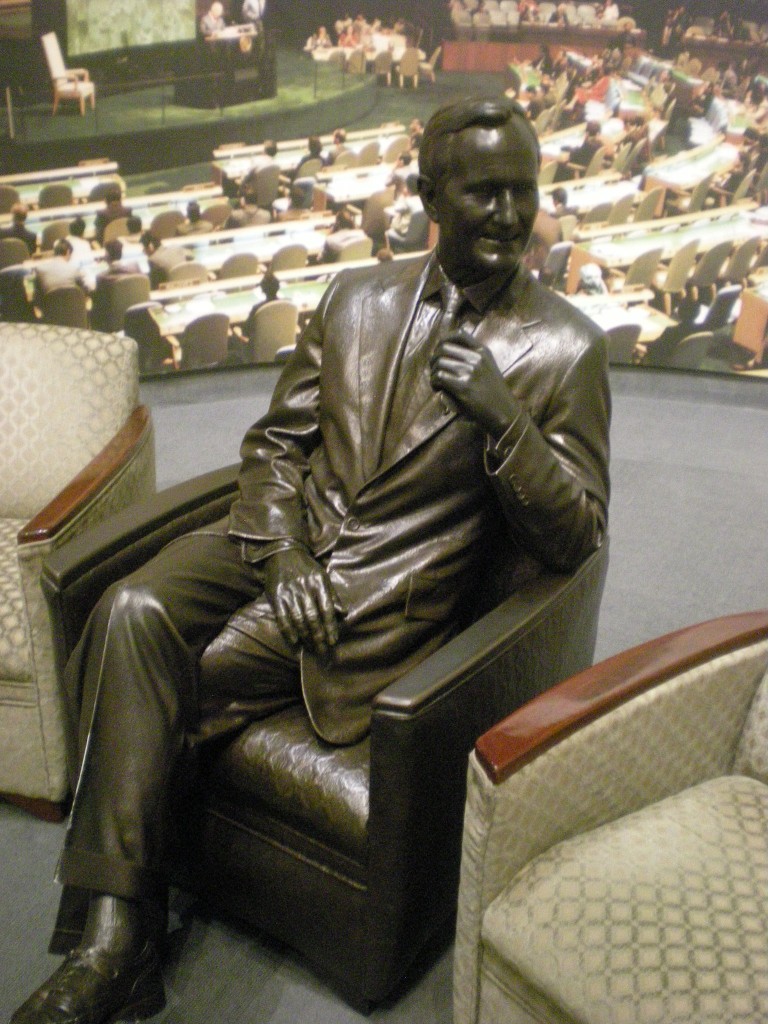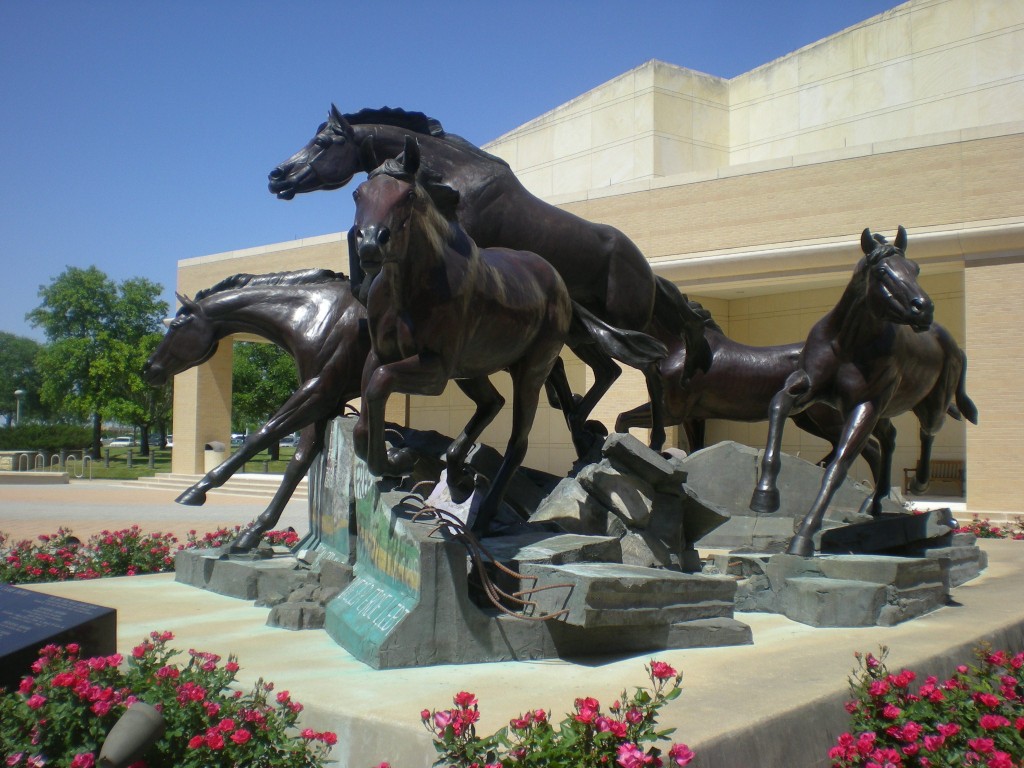Terrific storm early Saturday afternoon. I watched most of it from the front entrance of a Schaumburg Park District facility, outside the building but under a sturdy overhang. We didn’t want to venture out into the parking lot for a while, so strong was the lightning and fierce the rain (though not much wind, oddly). One crack of lightning – right at the beginning of the rain, and unexpected – seemed like it was just across the street. I was looking directly at it. A woman crossing the parking lot was even more startled that I was, but it didn’t hit her.
About 45 years ago, my mother, my brothers and I went on a driving vacation around the South. I was eight, and I’d been staying with my uncle and aunt in Ardmore, Okla. for a while previously (arriving there the day Neil Armstrong and Buzz Aldrin walked on the Moon), so the trip might have been late July, early August.
My mother and brothers came up to Ardmore, and from there we headed east through Arkansas and Tennessee, getting as far as Chattanooga. Then we returned to Texas by way of Georgia (briefly), Alabama, Mississippi, and Louisiana. This must have taken about a week. I remember staying in a motel somewhere west of Memphis, and a five-story hotel in Chattanooga. We also stayed with relatives in Philadelphia, Mississippi. We must have stayed with my mother’s friend near Houston, too, but I don’t remember that, or any other place we might have stayed.
We went to Shiloh and Chickamauga, and the Hermitage in Nashville, and I don’t remember where else. We saw a lot of signs that said some variation of SEE ROCK CITY. According to this site, there are only about 100 of them left. Tennessee and some of the other states involved ought to pony up some funds to help preserve what’s left, since it’s a part of Southern heritage.
There seem to be only a handful of images from the trip. Jay took this one outside some eatery. I used to dislike the picture, but I like it now. Look carefully under the “O” and you can see a reflection of Jay taking the picture.
 This is at a Texas welcome center. I’m on the left, my brother Jim on the right. Taken when we returned? That’s what I assume, since the only time we crossed a Texas border together was on the return. Before that I’d been in Oklahoma. Hard-to-see detail: on the other side of the highway is an ad for Esso, complete with a tiger.
This is at a Texas welcome center. I’m on the left, my brother Jim on the right. Taken when we returned? That’s what I assume, since the only time we crossed a Texas border together was on the return. Before that I’d been in Oklahoma. Hard-to-see detail: on the other side of the highway is an ad for Esso, complete with a tiger.
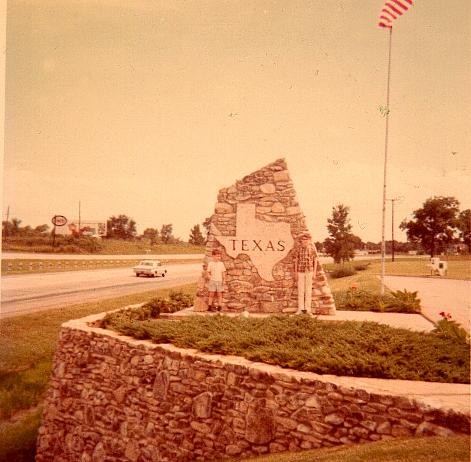 Jay tells me the following two pictures are the Will Rogers Memorial Museum, which is just northeast of Tulsa. I’m not entirely sure we visited there in 1969, but it’s also entirely possible. I have no memory of the place.
Jay tells me the following two pictures are the Will Rogers Memorial Museum, which is just northeast of Tulsa. I’m not entirely sure we visited there in 1969, but it’s also entirely possible. I have no memory of the place.
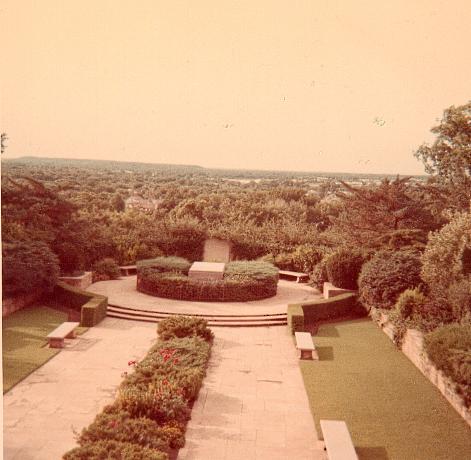 An equestrian Will. Fitting for a man so adept at rope tricks, I suppose, though you’d think he’d be holding a lasso.
An equestrian Will. Fitting for a man so adept at rope tricks, I suppose, though you’d think he’d be holding a lasso.
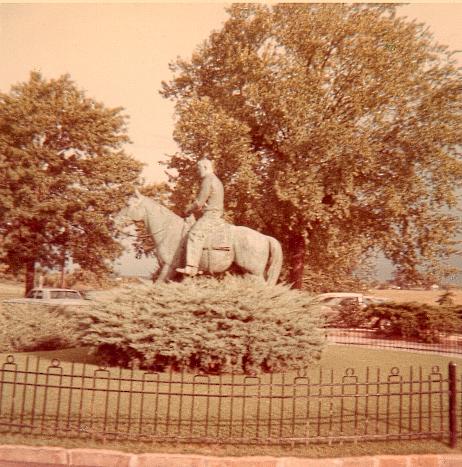 Here’s one I can’t pinpoint in time or space, and Jay can’t either.
Here’s one I can’t pinpoint in time or space, and Jay can’t either.
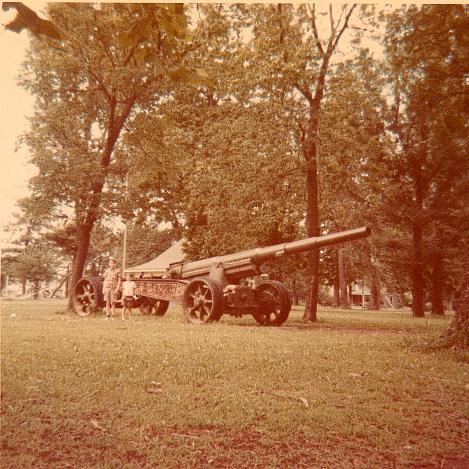 I’m with Jim, in front of what seems to be a WWI-vintage cannon. It’s clearly summer. That’s about all I can tell. All the back says is Summer 1969, but even that’s suspect, since I wrote it sometime in the mid- or late ’70s. It’s easy to misremember.
I’m with Jim, in front of what seems to be a WWI-vintage cannon. It’s clearly summer. That’s about all I can tell. All the back says is Summer 1969, but even that’s suspect, since I wrote it sometime in the mid- or late ’70s. It’s easy to misremember.
